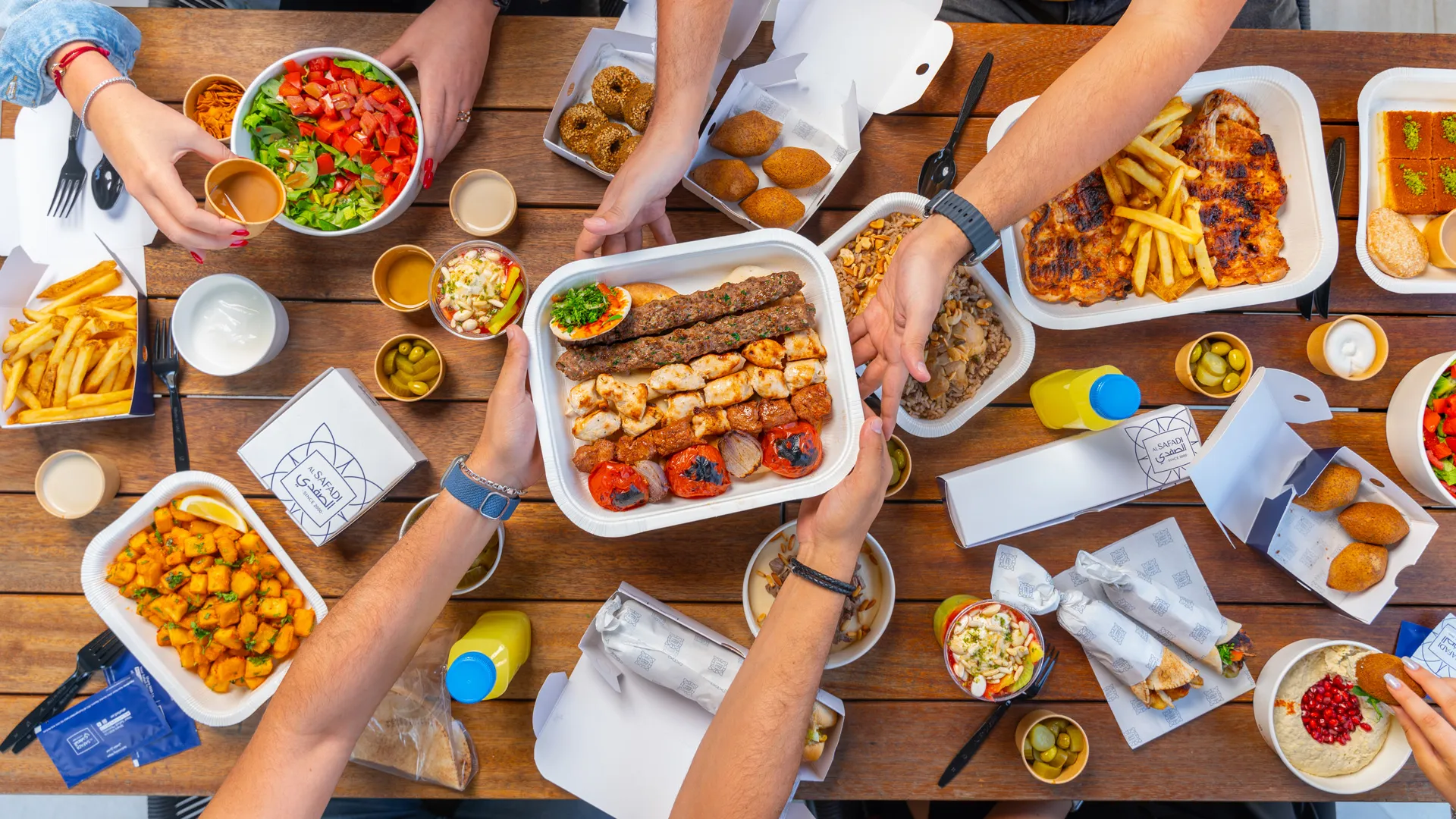
Composition is a good aspect of food photography, as it helps to tell a visual story and guide the viewer’s eye to the subject. As a food photographer in Dubai, mastering the composition will allow you to create compelling, well-balanced images that showcase food in the most appetising way. Explore here essential composition tips to improve your food photography skills and make your shots stand out.
Use the rule of thirds:
The rule of thirds is one of the most fundamental principles in composition. Imagine dividing your image into a 3×3 grid, with two vertical and two horizontal lines. Position the key elements of your shot along these lines or at their intersections. This creates balance and guides the viewer’s eye naturally to the subject.
Experiment with different angles:
The angle from which you shoot can dramatically change the mood and feel of your food photos. Overhead shots, or flat-lays, work well for showcasing dishes with multiple elements, such as a breakfast spread or a dessert platter. A 45-degree angle is great for capturing height in dishes like burgers, cakes, or layered desserts. Side-on shots can highlight textures, such as a perfectly sliced loaf of bread or a stack of pancakes with syrup dripping down the sides.
Leave negative space:
Negative space refers to the areas in your composition that are left empty, allowing the subject to breathe and stand out. It is particularly effective in food photography as it directs the viewer’s attention to the dish. By surrounding your food with empty space, you can create a sense of elegance and simplicity, making the food the star of the image. Use clean backgrounds or minimal props to create negative space and avoid cluttering the shot, which can distract from the main focus.
Layer your composition:
Layering adds depth to your food photography and makes the image more visually interesting. Incorporate layers by using different levels of height within the scene—such as placing bowls on stands, stacking plates, or adding garnishes that sit on top of the dish. You can also layer textures, combining a smooth surface with rougher textures like a wooden table or a textured cloth beneath the food.
Frame the subject:
Framing your food can add emphasis and guide the viewer’s focus to the dish. You can use props, such as a piece of cloth, a plate, or even a hand holding a utensil, to “frame” the subject. This technique draws the viewer’s eye directly to the food while adding an element of context or story to the shot.